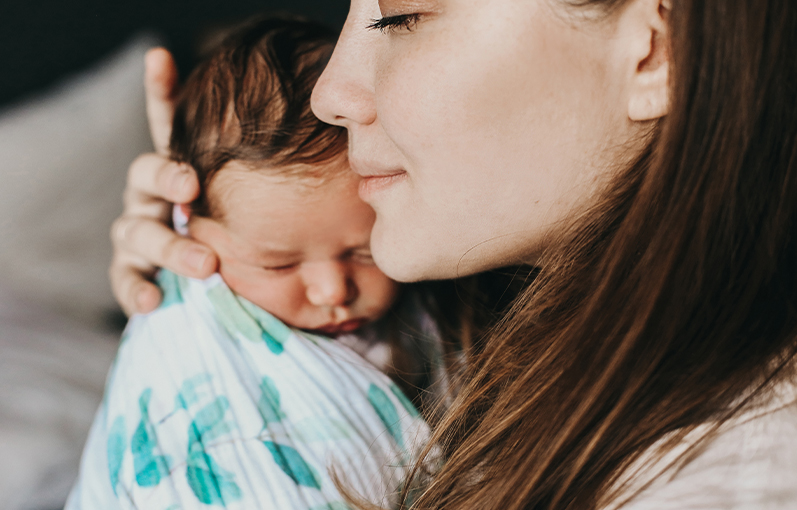Both ultrasound and blood tests can be used to screen for Down Syndrome. At your booking visit, you will be offered a “combined screening test” in which the results of a blood test and scan are combined and given as a probability or “chance” (for example 1 in 500 or 1 in 2000)that your baby has Down Syndrome. For women booking for pregnancy care after 14 weeks (too late for any scan based screening) it is also possible to have a blood test alone.
There are also newer tests available that measure the levels of baby’s DNA in your circulation at any time after 10 weeks (called Non-Invasive Pre-natal Testing or “NIPT”). Currently, there is no public funding for these newer tests.
Many couples find their screening options confusing. We are here to help you understand the options that are available to you.
What is Down Syndrome?
All of us have 23 pairs of chromosomes. A child with Down Syndrome has an extra twenty first chromosome (the condition is also called Trisomy 21). This is the result of a problem occurring at conception. Why it occurs is unknown. It becomes commoner with increasing maternal age. For example, at 30 years of age a woman has a one in 600 chance of carrying a baby with Down Syndrome when she has screening tests at 11 to 14 weeks. By 40 years of age this chance is one in 70. Down Syndrome is equally common in all ethnic groups. Children with Down Syndrome have a varying degree of intellectual disability. A few will have other medical problems but the great majority of children with Down Syndrome will lead fulfilling lives.
For more information about Down Syndrome, look at the websites listed on our Helpful Information page.
First trimester combined screening
For women booking for antenatal care during the first trimester screening for Down Syndrome consists of a blood test taken between 9 and 14 weeks of pregnancy and an ultrasound scan (called a nuchal translucency scan) at 11 to 14 weeks of pregnancy.
These screening tests start with a probability based on your age. They then calculate your personal chances based on the levels of two substances in your blood and an ultrasound measurement taken from the back of baby’s neck. The two substances in your blood (called pregnancy-associated plasma protein (PAPP-A) and beta-human chorionic gonadotrophin (Beta-hCG)) tend to occur at different levels in your blood in pregnancies where the baby has Down Syndrome. The thickness of the skin at the back of baby’s neck (the nuchal translucency measurement) tends to be increased in babies that have Down Syndrome. By putting these measurements together your personal chances of carrying a baby with Down Syndrome is calculated. Together these tests are referred to as a first trimester “combined screening test”.
Both these tests are completely safe and will tell you what your chances are that your baby has Down Syndrome. They are screening tests – they will provide an accurate assessment of your chances but won’t give you a definite yes or no answer. Your results are given to you as a number or probability – for example 1 in 100 or 1 in 500. Used together as a screening test about 80 to 85 per cent of babies with Down Syndrome will be picked up. It is impossible for all babies affected by Down Syndrome to be picked up by screening because even for women with a low chance of having an affected baby an occasional baby will be born with Down Syndrome (for example, for a chance of one in one thousand, every thousandth baby will have Down Syndrome).
One purpose of the screening tests is to help women avoid amniocentesis. The chances of having a baby with Down Syndrome increases with age but older women who might have considered an amniocentesis because of their age will usually still have a reassuring result from these tests.
Overall about 2% to 3% of women will opt to have an amniocentesis or chorionic villus sampling (CVS) after a first trimester combined screening test. This proportion will be slightly higher in older women because their initial chances based on their age alone will be higher.
The combined screening test will also screen for other rarer trisomies (having an extra chromosome) including trisomy 13 and 18. The nuchal translucency scan can also occasionally pick up early signs of an anatomical problem with baby.

